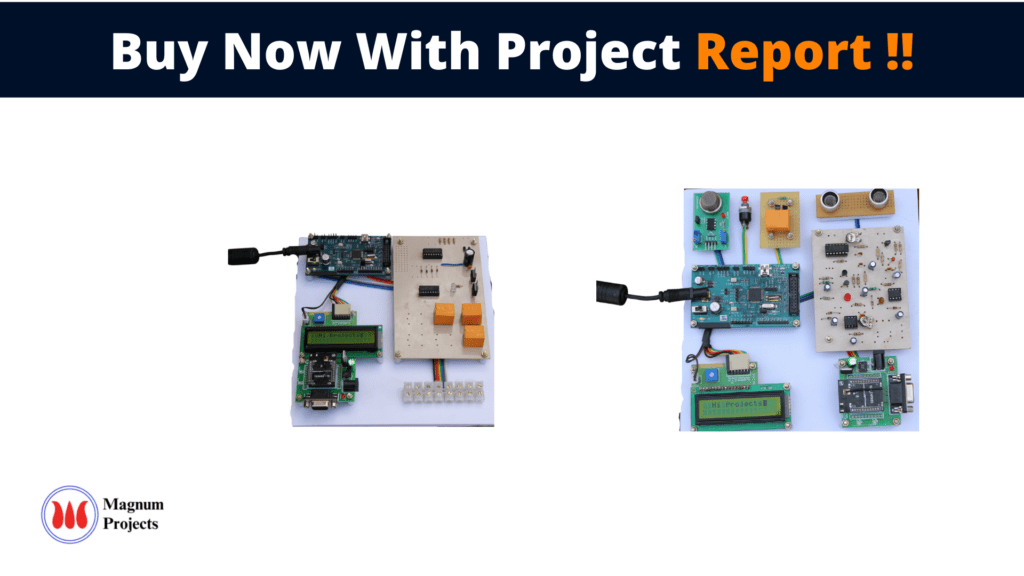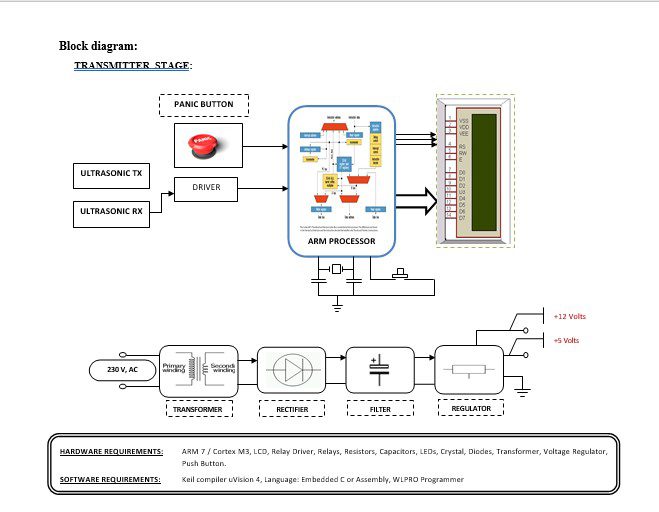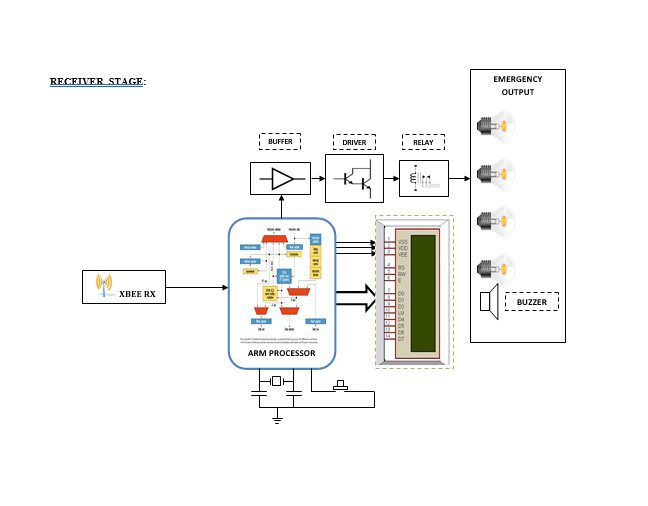Table of Contents
Introduction:


The main concern from manufacturers of industrial control and building automation systems considering any wireless technology is around robustness and security ZigBee addresses both concerns. First, ZigBee networks are self-healing, rebuilding themselves when nodes drop out of the network and repairing routes when the preferred route for wireless traffic is blocked – something that is very likely to ‘happen in an industrial or commercial building environment over time. Robustness is provided by a powered mesh network providing multiple potential paths for data packets en route to their destination. Secondly, the ZigBee standard includes security on several levels, from basic authentication to 128-bit AES encryption, with keys delivered to joining nodes by a trust center. Security is also enhanced by strict mechanisms for forming, joining, and allowing new nodes onto the network when and for how long they will allow nodes to join the ZigBee Coordinator and ZigBee Routers can decide the network.




Block diagram explanation :
Power supply unit:
This section needs two voltages viz., +12 V & +5 V, as working voltages. Hence specially designed power supply is constructed to get regulated power supplies.
Zigbee technology:
ZigBee is the name of a specification for a suite of high-level communication protocols using small, low-power digital radios based on the IEEE 802.15.4 standard for wireless personal area networks (WPANs).
- A very low-cost, low power consumption two-way, wireless communication standard for automation, toys & PC peripherals.
- Low power consumption: 6 months to 5 years battery life for most applications.
- Low cost: At least half the cost of Bluetooth solutions.
- The high density of nodes per network: 250 nodes per network, multiple co-located networks.Data rate requirements: Few bits to 250kbps sufficient.
ARM processor:
ARM is a computer processor-based RISC architecture. A RISC-based computer design approach means ARM processors require significantly fewer transistors than typical processors in average computers. This approach reduces costs, heat, and power use. The low power consumption of ARM processors has made them very popular:
The ARM architecture (32-bit) is the most widely used in mobile devices, and the most popular 32-bit one in embedded systems.
ARM processor features include:
- Load/store architecture.
- An orthogonal instruction set.
- Mostly single-cycle execution.
- A 16×32-bit register
- Enhanced power-saving design.
Buffers:
Buffers do not affect the logical state of a digital signal (i.e. a logic 1 input results in a logic 1 output whereas logic 0 input results in a logic 0 output). Buffers are normally used to provide extra current drive at the output but can also be used to regularize the logic present at an interface.
Drivers:
This section is used to drive the relay where the output is the complement of input which is applied to the drive but the current will be amplified.
Relays:
It is an electromagnetic device that is used to drive the load connected across the relay and the o/p of the relay can be connected to the controller or load for further processing.
Ultrasonic transmitter:
It is just an Astable Multivibrator, which is opted to transmit 48 Kilo Hertz pulses towards the Ultra-sonic Receiver using a Transmitting transducer.
Ultrasonic receiver:
The opposite pair of transmitting transducers is used to receive the ultrasonic waves transmitted by the US Transmitter. Since these are not strong enough to drive any circuitry after receiving directly send to the Pre-amplifier block for amplification.
Methodology:
A block diagram which is shown above is divided into two parts that are transmitter and receiver. The transmitter part is which is in the industry and can monitor & control parameters.
The basic principle used in this device is the property of ultrasonic waves getting reflected when medium-density charges. The ultrasonic and sound waves having a frequency range from 40 kHz are generated by an Astable Multivibrator, having a 50% duty cycle. The waves generated are amplified and transmitted through a transmitting Transducer with the help of a driver stage.
The waves travel ahead and are reflected when they strike a moving object. The receiving transducer selects the reflected waves and further they are processed in the receiver section. The receiver section consists of a pre-amplifier, buffer, driver, and buzzer, which gives the final output. The buffer is included to provide unit gain amplification to the received waves and passes them to the Driver. The output is thus amplified to drive the output stage. The output stage is a buzzer. LED is also included in the output stage for convenience.
.
Advantages:
- Building system control that enables integrated and centralized management of lighting, heating, cooling, and security.
- Automation control of multiple systems to improve energy conservation, flexibility, and security.
- Conservation that reduces energy expenses through optimized HVAC management and enables allocation of utility costs equitably based on actual consumption.
- The flexibility allows reconfiguration of lighting systems to quickly create adaptable workspaces and extends to allow upgrades of building infrastructure with minimal effort.
- Safety is enhanced through a network where integrated data from multiple access points enables capabilities such as a re extinguisher that indicates blockages, etc.
Disadvantages:
- It increases the cost whereas digital systems reduce the cost of the system.
- In this project usage of relays leads to consuming more power
Applications:
- This project can be implemented in Military applications.
- Requiring timeliness and critical data passage may include medical alerts and security systems.
- Repetitive low latency data.




